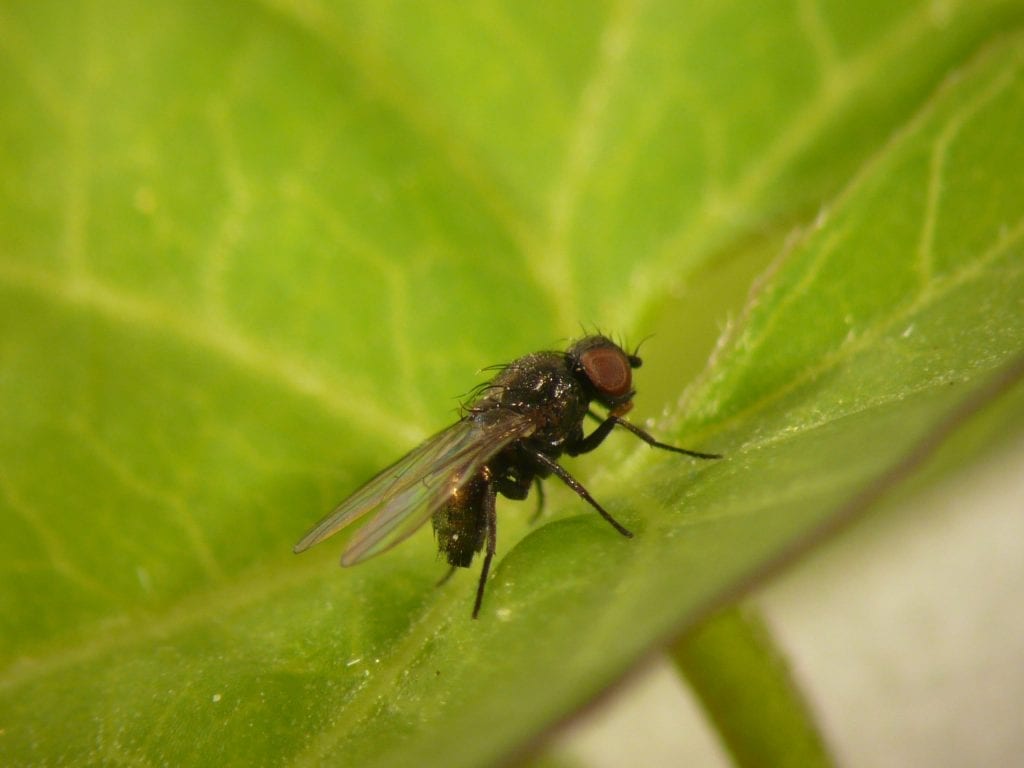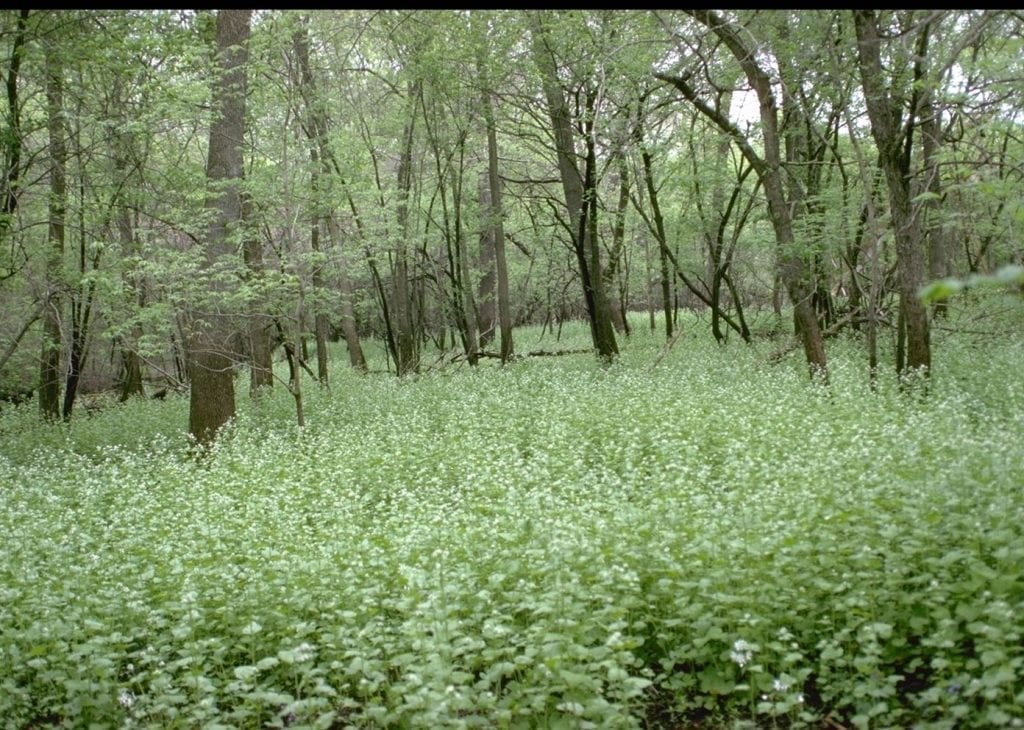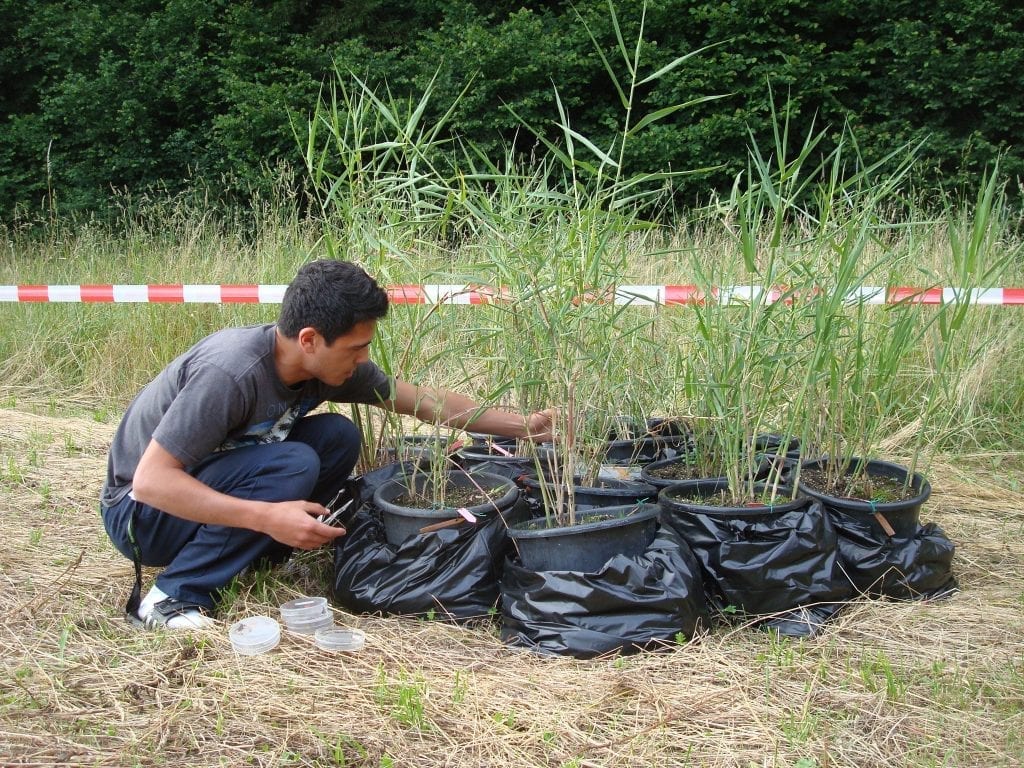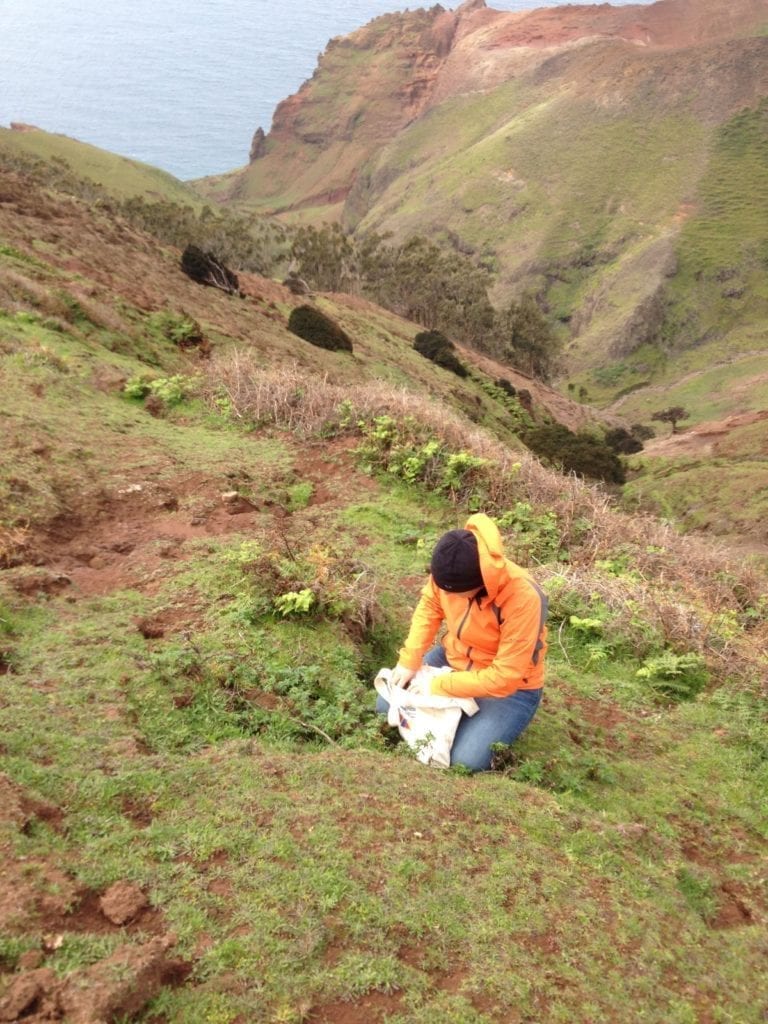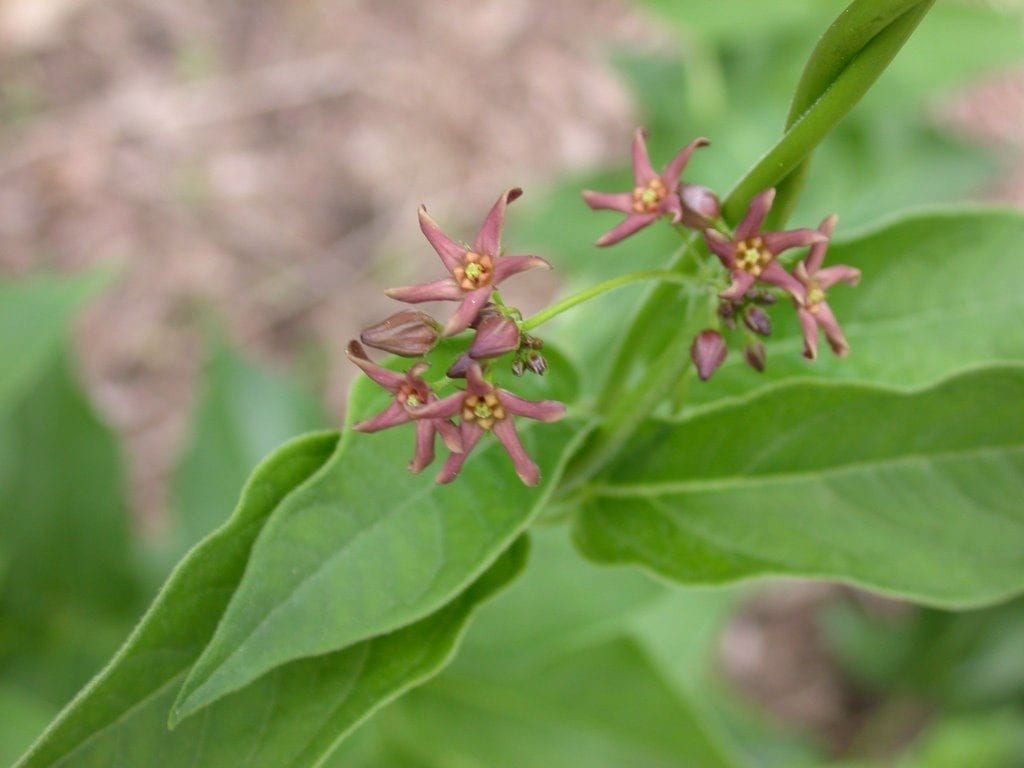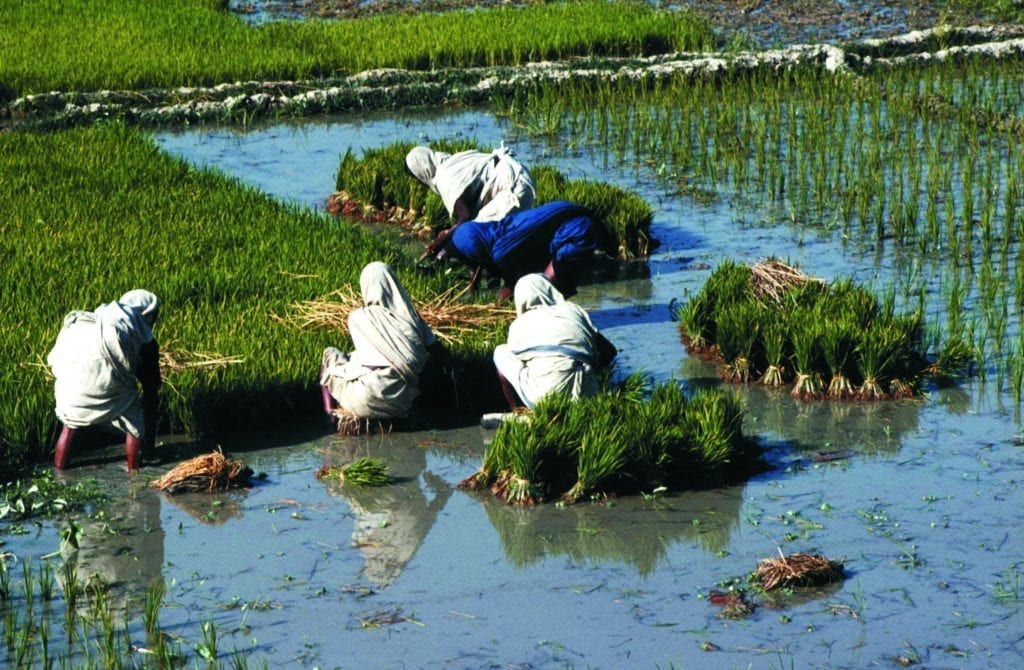Revisiting biological control of field bindweed
Field bindweed is a Eurasian vine whose dense creeping and twining growth smothers other vegetation and its long-lived seeds and deep roots make it hard to control. It is a noxious weed of agricultural fields in temperate regions and has become invasive in North America. CABI is studying sustainable control…
Biological control of garlic mustard
Crushed garlic mustard leaves and seeds smell like cultivated garlic and have been used as flavouring in cooking for centuries. Garlic mustard is a brassica from Eurasia that was accidentally taken to North America and became invasive in many of its forests. Together with partners, CABI is exploring the possibility…
Protecting North America’s wetlands from common reed
Common reed is one of the most widespread plant species in the world. It is invasive in North America where it forms large monocultures in wetlands and along riverbanks and lakesides, which reduce native biodiversity. One reason for its dominance is an absence of natural enemies to check its vigour…
Rescuing and restoring the native flora of Robinson Crusoe Island
Robinson Crusoe Island, part of the Juan Fernández Archipelago in Chile, is under threat from invasive species. So action needs to be taken. As part of a larger management programme for the whole Archipelago, a team from CABI will help conserve and re-establish native species on the island. In the…
Controlling swallow-worts the sustainable way
Swallow-worts (Vincetoxicum nigrum and V. rossicum) are Eurasian plants that have become invasive in North America. The overall goal of the project is to identify specific natural enemies that can be introduced to North America as biological control agents for swallow-worts.
Building capacity for directly planted rice
As a very important crop in India, the growing of rice and tackling pests and diseases is given lots of attention. Rice thats planted directly into the field cuts effort and water consumption but increases the likelihood of pest damage. Our aim therefore is to develop a sustainable and scalable…

